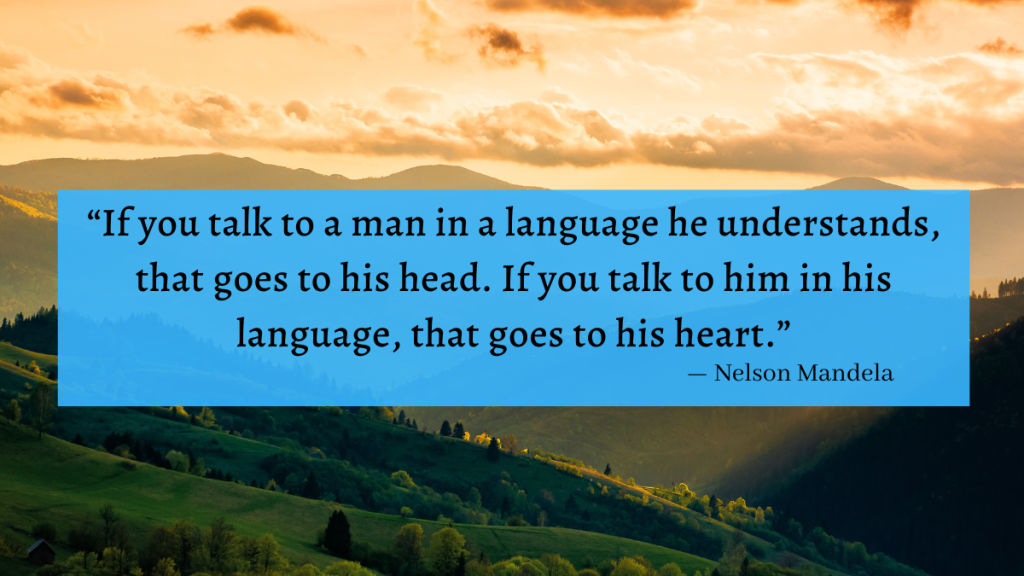How do you have a conversation about a sensitive topic? Where do you even begin? This month, I’ve written several posts about information and resources related to suicide prevention. I’ve been able to compile numbers and information that makes it clear that suicide is a public health issue we need to address as a society. But despite all this information – despite knowing that this is a problem that we need to face – I still have trouble talking about it. A lot of trouble, in fact. And that’s because, while it has improved, talking about suicide and suicide prevention is challenging. So what can we do?
There are several reasons conversations surrounding suicide prevention can be difficult. Mental health, mental illness and suicide are still topics that are stigmatized, making them difficult to bring up at times. There is also the shame factor – people feeling ashamed or embarrassed about their struggle, which can impact how they reach out to someone. Getting help can sometimes be as simple as talking with someone, but it’s not always that easy. So how do we talk about it? What do we do?
One of the main reasons this feels like such a struggle is a lot of the time, we have a reactive approach to suicide prevention. We don’t have conversations unless (or until) someone is clearly struggling, or someone has shared their struggle. In this way, suicide prevention is similar to a lot of other issues – people who have personally dealt with mental illness and/or suicide, or know someone who has, will often be the ones to spearhead conversations around suicide prevention.
But suicide does not discriminate. While there are communities and groups of people who are more at risk than others, suicide can impact people of any age, gender, religion, sex, class or any other demographic. No one is immune to this struggle, and people often have these challenges at various points in their lives. It is, sadly, a reality of our lives in today’s day and age.
Why is it so hard to talk about suicide prevention? Do we think that it’s not allowed? Do we think there needs to be a “good” reason to have this discussion? Are we worried it will bring people down to talk about? I’m trying to find an answer. Maybe, by finding out what makes it so difficult to talk about, we can begin to have the conversations that are needed. We can talk about what to do when people feel isolated, when they are struggling with things like depression or self-harm. We can create an environment where people are not embarrassed to admit they’re struggling, because we all do at times. We’re taking care of each other like our lives depend on it because sometimes, they do.
Talking about suicide and suicide prevention is not easy. To be honest, it might not ever be easy. But we can’t shy away from it. While we’ve improved in the ways we talk about mental illness and mental health as a society, there are challenges we face that weren’t imaginable even a few decades ago. These new challenges require new solutions, and that can’t happen if we don’t have the conversations that are necessary to bring about change.
This month, I hope you can be proactive in the ways you talk about suicide prevention. If there is one thing to take away from today’s post, it’s that we all have a role to play when it comes to suicide prevention. Regardless of what yours is, I hope you can challenge yourself to embrace that role, be brave in that attempt, and work with others in the fight against suicide. Each and every one of us is needed in this work and together, we can create some change.
